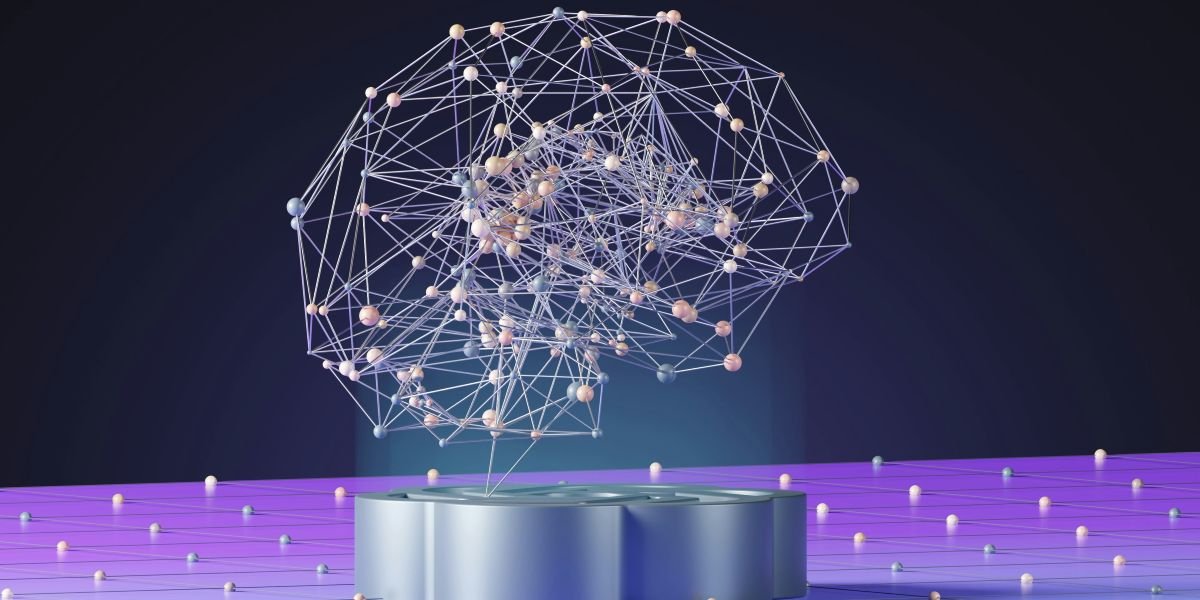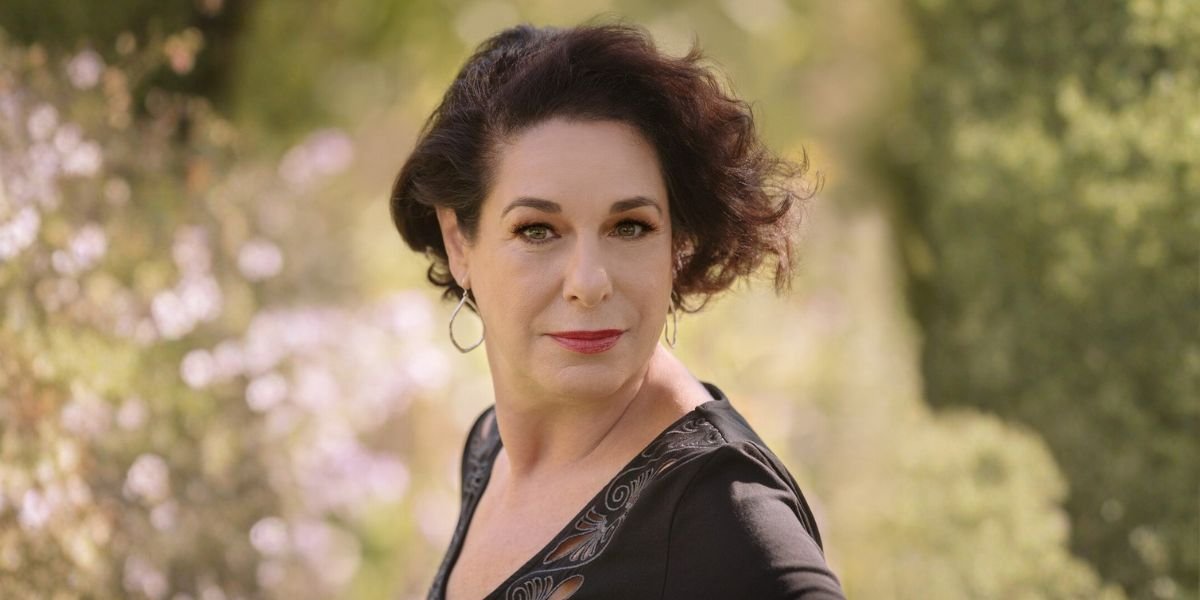How Saayam and Menthra are Rebuilding the Architecture of Giving With AI
In an era where charitable giving is often reduced to a few clicks on a screen, the human connection behind generosity can easily be lost. While modern donation platforms have made contributing more convenient than ever, they often fail to nurture long-term engagement between donors and the causes they support.
Saayam – a groundbreaking initiative founded by serial entrepreneur Dinakara Nagalla – is working to change that by weaving artificial intelligence, emotional intelligence, and ethical design into the very fabric of philanthropy. Its sister venture, Menthra, carries the same philosophy into the realm of mental wellness – proving that whether it’s emotional health or social good, the same principles of empathy and trust can transform how we connect, give, and grow.
Moving Beyond One-Click Charity
Today’s donation systems excel at speed but often stop short of fostering deeper involvement. A donor may give once and receive a generic thank-you email, never to hear from the organization again until the next fundraising campaign. For Nagalla, that’s a missed opportunity to cultivate ongoing relationships that benefit both givers and recipients.
Saayam’s AI-driven platform takes a different approach. Rather than functioning as a passive payment processor, it builds a contextual profile for each donor – tracking their preferences, values, and history of support. This allows the platform to deliver personalized updates, meaningful engagement opportunities, and clear impact reports. The result is a giving experience that can feel more personalized, purposeful, and continuous for donors.
This same design philosophy underpins Menthra, Nagalla’s AI mental wellness platform that applies similar relationship-building principles to emotional support. Just as Saayam remembers each donor’s journey, Menthra remembers each user’s emotional journey – creating continuity, care, and connection across time.
Memory as a Catalyst for Connection
One of Saayam’s distinctive features is its use of memory-enabled AI. The system remembers each donor’s interactions over time – past contributions, conversations, and the outcomes of their support. This continuity creates a richer, more relational experience for both donors and the organizations they help.
It’s a principle borrowed from human relationships: we build trust with people who remember our history and acknowledge our shared experiences. Applied to philanthropy, that same principle could help foster loyalty and strengthen the sense of investment. Donors may stay more connected, informed, and engaged with the organizations they support.
In Menthra, this same philosophy becomes personal healing. The AI companion learns from users’ reflections and moods over time, potentially offering continuity that supports emotional safety and growth. In both giving and wellness, memory becomes a bridge to meaning.
Building Trust Into the Digital Foundation
Trust has become a rare commodity in today’s tech landscape, where concerns over data misuse and lack of transparency often overshadow innovation. Nagalla believes trust shouldn’t be an afterthought – it should be part of a platform’s DNA.
In Saayam’s architecture, this belief translates into strict adherence to data sovereignty, explicit consent, and radical transparency. Donors maintain full control over their personal information, can opt in or out of communications at will, and have clear visibility into how every contribution is allocated.
Similarly, Menthra was built with privacy, security, and compassion at its core – featuring HIPAA and COPPA compliance, encrypted data, and user-controlled sharing. Both platforms demonstrate that trust is not a feature – it’s a foundation. This proactive approach to trust-building is as much about ethics as it is about long-term credibility.
AI With a Human Pulse
While AI is often seen as a tool for cold efficiency, Saayam and Menthra use it to strengthen human connection. Their algorithms are designed to understand emotional context, anticipate needs, and nurture engagement that feels personal.
For example, a donor passionate about education might receive a detailed update months after their initial contribution, showing how their gift funded a student’s scholarship. Similarly, a Menthra user might receive an encouraging check-in after a week of journaling – gently reminding them that progress, like healing, is ongoing.
Both examples illustrate a single truth: when AI remembers, relates, and responds with empathy, it may evolve from a tool into a companion.
Reimagining the Future of Giving – and Caring
Nagalla’s vision for Saayam extends beyond donations – it’s about creating an ecosystem of conscious generosity. In this model, giving isn’t a fleeting act but an ongoing cycle of trust, connection, and mutual growth. AI becomes a facilitator of empathy, not a replacement for it.
With Menthra, that same empathy extends inward. It reimagines emotional support as a continuous relationship between people and technology – where compassion, privacy, and reflection coexist. Both platforms represent Nagalla’s deeper mission: to build technologies that don’t just perform tasks, but nurture humanity.
By blending innovation with human-centered design, Saayam and Menthra empower people to see themselves not just as users or donors, but as partners in meaningful change. For Nagalla, this is what “rebuilding the architecture of giving” truly means – restoring the heart of connection while enhancing it with the excellent tools modern innovation can offer.
Explore More and Connect with Dinakara Nagalla:
🌐 www.aauti.com | www.saayam.com | www.menthra.ai
📖 Becoming Human available now


